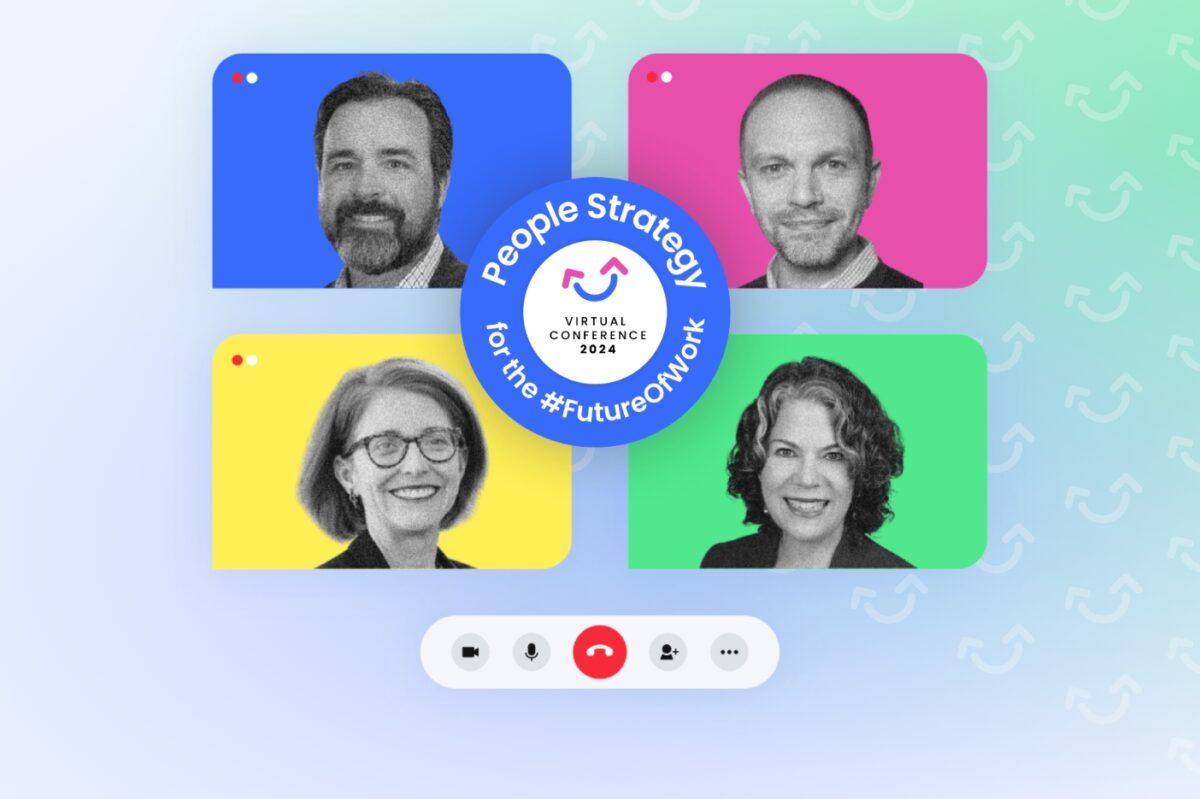Engagedly has recently begun hosting webinars on the website BrightTALK. We hope to cover a range of topics related to performance management and our application. On 27th September, we hosted our first webinar, 7 Steps To Building A Feedback-Driven Culture, presented by Aaron Adams, Partner of HR Alignment and Strategy at Engagedly. You can listen to the webinar here.
This article will provide you with a brief overview of the contents of the webinar. However, we recommend you listen to the webinar as it delves more deeply into the topic.
Numerous studies and articles have shown the importance of feedback. The right kind of feedback acts as a revitalizing tonic, giving employees and managers alike a boost of confidence or alternatively a timely course-correction. But when feedback exists by itself, it can be hard to get others to adopt it or see its benefits. However, when it’s part of organizational culture, it becomes easier to get everyone aboard.
There are numerous benefits to building a feedback-driven culture. They include increased engagement and improved performance. Not only is feedback beneficial for employees, but it benefits the organization as well. In essence, creating a feedback-driven culture is in everyone’s best interests.
So how does the 7 step process of building a feedback-driven culture work?
Culture
In order to build a feedback culture, it is important to gauge and assess the culture that already exists in your organization. By assessing the culture that already exists, it becomes easier to get a better grasp of what needs to be done.
Choosing The Right Feedback Tools
Once you’ve got the culture portion figured, you need to decide what kind of feedback tools you want to utilize. There are certain factors that are important for you to consider like the ease of use, the implementation process, how it matches with the way work is done, and selecting the tool that best aligns with the culture of the organization.
Implementing Feedback Tools
Once you have chosen your feedback tools, the next thing you need to do is set up the tools. Setting up feedback tools is not just about configuring and integrating the tools. It also deals with user adoption, training users to use the tool, providing additional resources and support.
Setting Up A Feedback Framework
The success of a feedback process has a lot to do with how feedback is framed. In order to maximize the power of feedback, there are two things that need to happen. First of all, feedback needs to be meaningful. And secondly, feedback should focus on people’s strengths.
Structuring Feedback
Once feedback tools have been implemented and a feedback framework has been implemented, people have to be taught how to give feedback (be it with a feedback tool, or just the act of giving feedback). In addition to teaching, feedback also needs to be practiced. We tend to adopt and model the behaviors that we see others using, especially those modeled by leaders. When you see people giving and receiving feedback frequently and making a habit of it, it becomes easier to do it yourself, so it’s important to deliberately practice giving feedback.
Tracking
To know how the feedback tool is doing, and how many people are using it, you need to come up with a set of metrics and behaviors that you would ideally like to see it. You can then use this is as a yardstick to measure the success of the tool and note how much progress is being made.
Rework
The final step in the cycle is where you need to critically evaluate the entire process. Take note of what works. Take note of what does not work. You will find that there are certain processes you need to rework or reframe. When you’re able to identify what works it provides you with an opportunity to replicate the good and leverage internal champions to promote/reinforce your feedback-driven culture.
If you would like to see a list of upcoming webinars and attend them, you can visit this page, which displays our list of webinars.
Worried about how to retain your top talent? Need help to build your brand image? Fret not. Engagedly can help you do both.
Request A Demo
Author
Jacqueline Martinez
Director of Marketing
Jacqueline Martinez is the Director of Marketing at Engagedly, where she leads initiatives to fuel the marketing-to-sales pipeline through strategic content management, revenue operations, and thoughtful mentoring. She is a growth-focused marketing executive with extensive experience driving multi-million-dollar revenues across SaaS, technology, real estate, oil & gas, and financial services industries.






